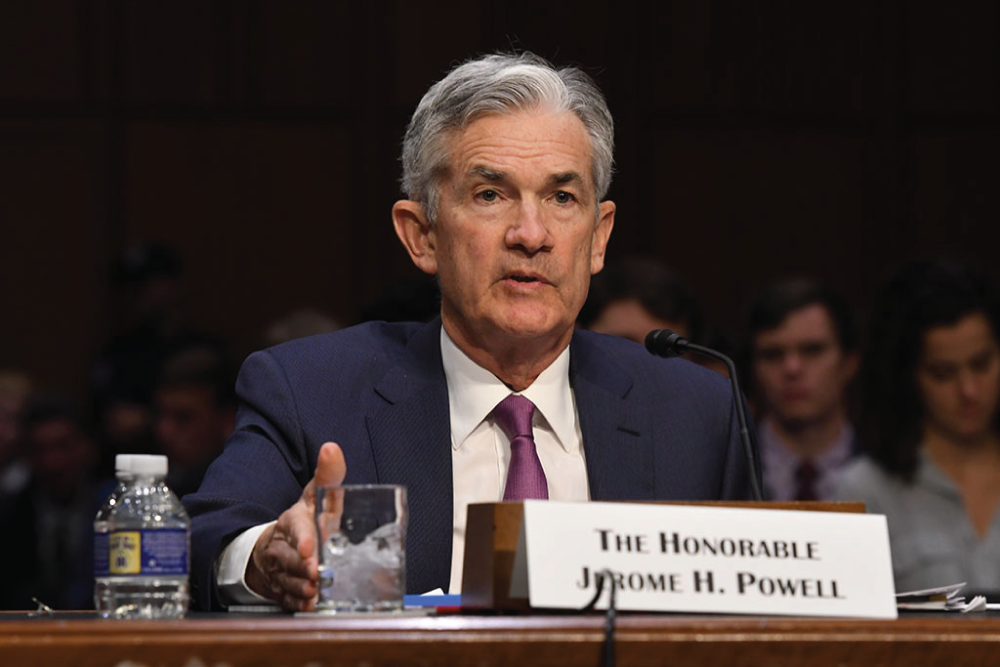Consequences of inflation and higher interest rates
The rate of inflation in the United States ebbed just a touch in April, down to 8.3% from March’s 8.5%, according to the U.S. Department of Labor. And in early May, the Federal Reserve notched up its lending rate 0.5% — the biggest incremental increase in 22 years, in an effort to bring the record-high inflation under control.
Nonetheless, there are concerns that the current economic situation will have longer-term impact.
“I think it’ll make people more cautious because they saw how quickly money in the market can drop due to something they don’t control,” Adam Tau, founder and wealth manager at New York-based Dynamic Wealth Strategies, told Advisors Magazine.
He added: “I think people saw how quickly their paycheck can be paused, so there would be more of an emphasis on having emergency funds set aside and being financially stable.”
Rebecca Miller, founder and chief operating officer of Dynamic Wealth Strategies, thinks there could be a silver lining—for some.
“I feel it might have a positive impact on small towns and communities outside of a larger urban area,” Miller said. “It seems – and I’ve seen it firsthand here in New York City – a lot of people have decided to move permanently out of cities. Many people have worked remotely for over a year and have proven it can be done.”
She acknowledges that there is no longer a driving need to head into the office every single day, and that the workplace environment may permanently change to become more flexible.
“This may bring additional vitality to local businesses in smaller towns – more opportunity for arts and entertainment, independent restaurants, shops…the ‘scene’ and vibrancy that ‘city people’ crave – which could help boost those local economies,” Miller added.
Regarding the recent move by the Fed, Jesse Hurst, CFP®, AIF® at Ohio-based Impel Wealth Management shared a historical perspective.
“Since 1955, there have been 13 previous cycles of the Federal Reserve Bank raising interest rates to combat inflation,” he told Advisors Magazine. “Ten of those cycles pushed the economy into recession. Given economic history, and the fact that the Fed has acknowledged falling behind the curve by waiting so long to start raising interest rates, we would be surprised to see a different outcome.”
So, if a recessionary outcome is in the cards, the big question is when?
“While this is generally not known until after the fact, there are some signs that we can watch to determine the general direction of the economy,” Hurst explained. “These would include whether the yield curve has inverted, the direction of consumer confidence and sentiment surveys, the pace of GDP growth, and whether corporate earnings continue to rise.”
Hurst added: “The second question people need to be thinking about is: What steps they can take now to prepare themselves financially for the next downturn?”
He emphasized that reducing debt levels and having a reasonable level of emergency funds and liquidity, what he calls ‘sleep at night money’, will generally help people navigate the emotional side of any recession in a more constructive way.
“Finally, understanding the timeline for your investments can help prevent you from making irrational, short-term decisions,” Hurst noted.
“It is important to remember that temporary drops in the stock market present an opportunity to buy additional shares at lower prices,” he said. “U.S. consumers like to buy things on sale, but often forget this principal when accumulating the financial assets and resources they will need for a successful transition to retirement.”
Hurst also mentioned that for most of the last 15-20 years, inflation has not been top of mind for his clients. “Having been a financial advisor since 1987, I am now having conversations with clients about inflation risks that I have not had since the mid-1990s,” he said. “The rule of 72 tells us that if we divide our inflation rate into the number 72, we can estimate how long it will take for prices to double. At less than 2% inflation it would take more than 30 years for prices to double.”
But if inflation were to rise at a 4% annual rate, prices would double in just 18 years. “This means that most retirees would need to see their income continue to grow or run the risk of a significant reduction in their future lifestyle,” he said.
Hurst said he asks clients: “Which risk are you comfortable with assuming in your financial future, as there is no risk-free option available? There are many risks that need to be accounted for as we look to help clients achieve their financial planning and investment goals.”
These include inflation, interest rates, income tax, market, and geopolitical risks. And It’s important to understand what each of these mean in the context of your family and financial goals, Hurst advised.
Planning for the Long Haul





